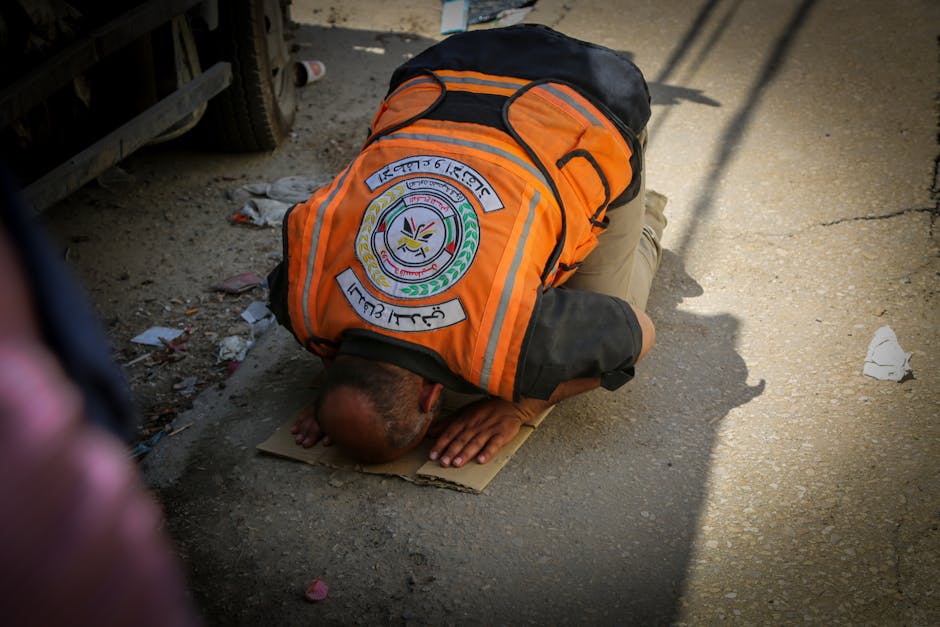
In a significant escalation of the ongoing conflict, Israel has reportedly commenced a ground invasion in Gaza City. This critical development marks a new phase in the intense hostilities, drawing immediate international attention and raising profound concerns about the humanitarian situation in the densely populated area.
The Commencement of Ground Operations in Gaza City
Reports indicate that Israeli forces have initiated ground operations within Gaza City. This move represents a substantial shift from previous aerial and artillery bombardments, signaling a deeper engagement in urban warfare. The decision to launch a ground invasion into Gaza City carries immense strategic implications, particularly given the complex and challenging urban environment.
The commencement of these ground operations is expected to intensify the conflict further, posing significant risks to both military personnel and the civilian population trapped within the area. International observers are closely monitoring the situation as the full scope and impact of this ground offensive unfold.
The Shadow of Perceived US Acquiescence
A notable aspect accompanying Israel's ground invasion in Gaza City is the perception that the United States may be tacitly allowing or acquiescing to these operations. This understanding, though not explicitly confirmed by official US statements, is a significant element in how the current escalation is being viewed by some.
The United States maintains a crucial diplomatic and military relationship with Israel. Therefore, any perceived stance – whether active endorsement or passive allowance – from Washington carries substantial weight in the geopolitical landscape of the Middle East. This perception of US acquiescence adds another layer of complexity to the already volatile situation, prompting discussions about international support and the potential implications for diplomatic efforts aimed at de-escalation.
Broader Implications
The ground invasion of Gaza City by Israel, coupled with the perceived stance of the United States, sets a critical precedent for the future trajectory of the conflict. It underscores the challenges in achieving a ceasefire and raises urgent questions about the protection of civilians and the provision of humanitarian aid in an increasingly perilous environment. The international community continues to watch closely, anticipating the immediate and long-term consequences of these developments.
Comments
Post a Comment